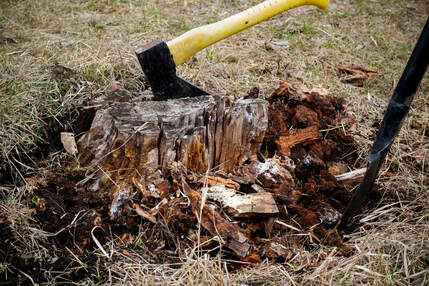 Getting tree stump removal service can enhance the look of your outdoor space. Though, you’re left with the question, “What to do when the stump is removed?” After the stump is gone, you’re left with wood chips and a hole. The wood chips will ultimately decay, but the gap must be filled with soil to level out your yard. Below are some things to do when your stump is removed. Tools If you’re going to work in your yard, you’ll want a couple of things handy before you begin: rake, grass seeds, clippers/saw, and topsoil. Debris-Free If you want your outdoor area to look like it used to, you’ll have to remove any debris left inside the stump. Grass doesn’t grow on wood chips, so first things first, clear away everything with your rake. If you have exposed roots, cut them with your clippers or saw. Put on Some Soil You want to cover the hole to around the same height as the rest of your lawn. This could take a few bags of topsoil. Make sure that none of the soil is clumped together. Even out the dirt but leave a couple of inches so it can lay when you start to water. Seeding Since you’re spreading the grass seed by hand, you’ll want to get good coverage. Criss-cross the way you toss the seeds. Be sure to use an ample amount per square inch. Prepare the Soil Once you’re happy with your application, push the seeds into the soil. You do this by raking the seeds into the topsoil. Then, put a ¼ of soil on top. Instead of soil, you can use peat moss. Upkeep If the area is dry, then the grass will not grow. On the other hand, you don’t want to water too much and wash the seeds away. Water your seeds and soil using a fine mist. This keeps the soil moist. Professional Services Having a healthy-looking yard is a job, and stump removal isn’t a DIY job. This is when you want to hire a professional that offers stump removal in Rochester. Get going on making your outdoor area appear attractive and open! 12/8/2018 Make Your Tree Stump Into A Bird Bath!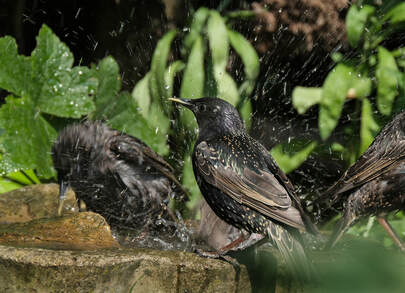 Tree stumps are for way more than just sitting in your yard. There are some creative ways to use your tree stump and avoid the pricey process of tree stump removal. If you have just done some yard clearing and are wondering what to do with a leftover tree stump, you can make your tree stump a bird bath. A tree stump can merely be altered into a bird bath that not only looks good but also offers water for the wildlife. Getting rid of a tree stump can be a labor-intensive or pricey procedure. Instead of renting equipment, extend the natural splendor of your landscape by changing it into the base of an easy-to-build, elegant birdbath. Utilizing a square of slate and a plow blade, this birdbath enriches your outdoor space and will entice all types of birds to your landscape. Step 1 Clean your tree stump with a hose to eliminate any debris or dirt that is on its surface. Take off any fungus that may be growing on the stump’s topside. Step 2 Dig out the top of the stump. The hollowed-out area will be the bowl of the bird bath. Take out the inner wood with a hammer, chisel, and drill. Put holes around the top of the stump to loosen the wood and use the knife and hammer to take off any loose wood. Step 3 Make a bucket of cement. Quick concrete is good enough to make the bird bath’s bowl. Put a little amount of concrete into the hole that you created in the tree stump. Step 4 With a trowel, smooth and spread the concrete to make the bowl. Keep smoothing and spreading the concrete until the bowl is finished. The concrete has to cover the bottom and sides of the depression. Step 5 Let the concrete set for the suggested amount of time. The concrete should get hard in around 15 minutes. Give it a day (24 hours) before you fill it with water. Need help with your tree stump-bird bath project? Ask a tree specialist for help! 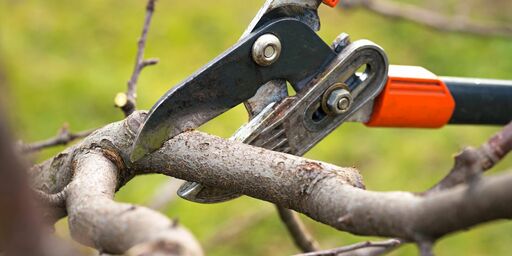 Pruning a tree can have many advantages. The first and most important thing is to keep you and your property secure. A dead limb can fall from a tree, threatening nearby buildings, power lines, and people. Pruning dangerous branches and keeping a safe tree is frequently the best course to take. Though, contingent on the location of the branches to be pruned and the size of the tree, pruning itself can be hazardous. To guarantee your safety, it’s recommended you let a tree specialist do any pruning you’re not confident and comfortable doing. The importance of keeping your trees trimmed There are numerous reasons why tree trimming is essential. Tree trimming sways the way a tree grows. With accurate trimming, a tree can be moved to develop into a specific design of branches and limbs that is the best for the tree’s structural integrity. Sustaining the tree’s structure aids to reduce the risk of falling branches and broken limbs. A rightly trimmed tree won’t have poor weight distribution and compromising branch structure that could bring disaster later down the line. Trimming can also profoundly enhance the total look of the tree. If attractiveness is crucial to you, correct trimming can move a tree grow in the desired way. When to trim Remember, it’s vital that any trimming is done in late fall or winter in the dormant season. It’s during this period that the tree is least at risk to harm that may come from pruning. Trees are predisposed to stress just like anything, and anyone else and getting rid of their branches does bring damage to the tree. When the tree is dormant, though, the amount of sap loss is less, and since they are inactive as well, fungus and insects are less likely to damage the tree any further. Certain tree types need more accurate timing and various approaches for correct trimming. If you’re unsure about how to trim your tree, contact an arborist instead of risking your safety and the trees. Less is more Remember not to trim too much off a tree. You want to cut the littlest amount possible to achieve your desired look. You can kill your tree if you trim too fast. Get a tree contractor to do your tree trimming for you, so it is done safely and accurately. An older tree makes up about 15% of your assessed property value. With that much on the line, you sure don’t want a tree falling. Here’s how to tell if your tree is too dangerous to keep and what you can do about it.
How to Inspect Your Trees No one understands your trees better than you. So, after they grow leaves in the spring and the leaves fall off in the fall, walk around and inspect your tree from top to bottom, taking notes of any changes in branches, bark, roots, and leaves. Examine the tree’s sides from and distance and up close. Look for peeling or cuts in the bark. With binoculars, examine the crown for brown leaves and dead wood. Trees that Lean Trees typically don’t grow straight, so leaning is normal. But if your tree starts resembling the Tower of Pisa due to anchor root damage or poor weight distribution, it probably unstable. You should call an arborist. Warning signs:
Cures:
Warning signs: U-shaped or V-shaped multiple trunks are weak spots for older trees. The area on the wood where the trunks unite could lose strength and split when a storm takes place. Or, it could do the split and lose strength due to old age. Look for cracks that go through or into the trunk. Cures: An arborist can steady split trunks by linking cables between branches and trunks high in the tree. Cables won’t fix existing damage, but they will improve the safety, particularly in high winds and extend your tree’s life. Sometimes a treasured tree uproots without warning. But usually, your tree gives you a heads-up before it topples. You can always contact a company that specializes in tree service in Rochester to assess your tree for you. They have the tools and equipment to inspect your tree from top to bottom. The simplest way to figure out a tree’s age is to chop it down and count the rings inside. But how can you figure out the tree age without cutting? One way is to have tree care professional to get a core boring of the tree and count the rings. However, this technique could harm the tree.
Another way, created by arborists, only necessitate a few simple calculations and measurements to get a reliable estimate of a tree's age. Assess a Tree's Age Step 1: Put a tape measure around the tree at a point that is 4 ½ feet over the ground. This is how you measure the circumference of a tree. Jot down the measurement. Step 2: Use the circumference to get the tree’s diameter. The formula for getting the diameter is circumference divided by 3.14 (pi) =diameter. Step 3: Find the age of a tree by multiplying the growth factor by the diameter. Here are some growth factor rates for favorite trees:
Assessing a Tree's Age by Species Start by deciding the tree species and doing a diameter calculation with a tape measure at 4.5 feet above stump level or diameter breast height. If you are using circumference, you’ll want to use this calculation to find the tree diameter: Circumference divided by 3.14=diameter. Then get the age of a tree by multiplying the growth factor by the tree’s diameter as determined by species. Here is the formula: Diameter times Growth Factor times diameter = estimated tree age. Don’t forget that the growth factors offered are more precise when taken from trees grown in the woods. The Age of Landscape and Street Trees Since trees in a park or landscape or park are usually protected and pampered, it is more of an art to getting the age of these trees without a considerable margin of error. There are arborists with plenty of tree core and stump evaluation experience who can age a tree with a high sense of accuracy. 9/29/2018 Why is my tree losing limbs?Trees get a massive amount of water in the day and let the moisture out in the leaves. The technique is called evapotranspiration. To see it for yourself, put a potted plant in a plastic bag, and the bag will get cloudy as moisture is emitted into the air.
Sometimes a tree will have a crack or some other defect. Animals could have damaged the limb in a way that creates a more significant break over time. When the limb becomes too heavy with water, that crack will break open. Arborists state that there can be tons of water that flows from where the limb breaks. Most folks can see a flaw in a limb. It can be difficult even for an arborist. You could see a dark spot on a limb or some discoloration. Even so, it could be years before you have a real issue. Pruning Severe pruning may create extra foliage at the end of a limb, making it weightier. It is recommended you schedule a tree pruning and thinning project with a Rochester tree service company every seven years. Limb drop usually occurs where there are lots of trees. If there’s a breeze, remaining under a huge oak tree might not be your best bet. This is also true for parking your car. Surviving a Drought Some trees, like Blue oaks, possess a built-in drought defense. By the end of a dry summer, these trees will look like they’re dead. They drop their limbs and leaves to reserve water use but will look good the next year. Keep Your Trees from Dying First, a homeowner should keep grass away from the bottom of the tree, so fungus doesn’t develop from the moisture. Young trees require water 10-12 inches under the soil. For young trees, you only need to water once a week for half an hour. You want the water to flow and soak into the soil. Don’t place your water hose at the trunk. For young trees, put it two feet from the base for young trees and around two feet from the trunk for older trees is enough. You should also move the hose around two or three times during the job. 9/22/2018 Cool ideas to repurpose tree stumps!It’s unavoidable! A tree has to be removed and what’s left behind can be unattractive. But tree stumps don’t have to leave a bad mark in your yard. With a little ingenuity, repurpose tree stumps can become a functional or artistic focal point of any space or room.
Tree Stump Ideas
Looking for a fun weekend wood project that everyone can enjoy? Make some ornaments, vases, chalkboards, coasters, and magnets from a re-purposed tree stump. If you discover that you’re still stumped on what to do with that old tree stump in your yard, a Rochester tree specialist can help. DIY Table Lamp For this table lamp project, you’ll need a nice-looking tree stump, an electric drill, a lampshade, and a cord set. Natural Playground Useful and simple, all you have to do is bury a little in the ground to prevent them from tipping up, and you have a comfortable play area. Stump Stepping Stones If you’ve just removed a tree, you have lots of wood left behind. A stump stepping stone pathway is the perfect way to repurpose the stump while bringing functionality and personality to your garden. A tree stump is an incredible material to work with. It doesn’t need a lot of change to get a polished look. A stump can be converted to a nightstand or coffee table. You might have to sand it and spray paint on it to give it some color, but that’s it. Choose your DIY and get going! There’s time the need comes to move trees within your landscape. Fall and early spring are the best times to transplant small trees.
Small Tree Transplant Tips To reduce damage and enhance their chance of survival, dig and move small trees with balls of soil sticking to parts of their roots. The soil must be moist when the plant is dug. If the soil is dry, completely water the area 72 hours before digging. Then slice under the roots, rounding the bottom of the soil ball. Hold the soil ball to one side, put a piece of burlap on the other side, then cautiously tip or roll the soil ball over on top of the burlap. Securely bind the burlap on the soil ball and tighten the burlap with rope. Transplant the tree by picking up the root ball instead of grabbing the trunk. If you can, quickly replant the tree. Dig a hole and meticulously lower the tree into the hole, placing it correctly, and start putting the soil back into the hole. Pack the soil around the tree's root ball by hand. When the hole is around two-thirds full, cut the twine from around the soil ball. Finish the backfilling of the hole and water accurately. Be careful not to let the soil ball break during the digging up, transplanting, and replanting procedures. You Can Do Your Own Small Tree Transplant…Or Call a Tree Care Professional Transplanting a small tree is a little more intricate than just purchasing a tree and putting it out in your yard. A little consideration is necessary. Nonetheless, the basic principles of care and preparation are needed. With some determination and effort, your young tree will be healthy and thriving in no time. Home gardeners should only work with transplanting trees with two inches or less of a trunk. Trees with a trunk over two inches should be dug up and transplanted by a skilled tree contractor or arborist. If you don’t want to mess up transplanting your small tree, the best thing you can do so the soil ball doesn’t get broken is to call a tree care company to do it for you. If you live in the area famous for having termites, you realize when there is an infestation in your home. You might already have had an inspection from a Rochester tree care company. You probably believe you’re entirely safe. However, you have a tree stump in your yard. Should you be worried about tree stump termites getting into your house? Is My Stump Attracting Termites? Tree stumps are an excellent food source for termites. There are two types of tree stump termites:
Both of them typically keep colonies and nests underground, where they go back after searching for wood outside. Dampwood termites will be of no concern to you if your home’s protection is excellent. Dampwood termites feed solely on rotten, decaying wood since these termites love moisture. To protect your home, it imperative to have the moisture under control. Typically, that’s it. You don’t need any particular chemicals, and the termites can be left eating through the stump. If this idea doesn’t appeal to you, you can call a Rochester stump removal company to get the stump out of your yard. Subterranean termites are another issue. They are quite interested in wood in your home, mainly the wood that’s in contact with the soil. They are famous for doing lots of damaged houses. Even if your home is completely protected from a potential invasion, we don’t recommend to leave an item so possibly hazardous as a diseased stump in your outdoor space. One of the most well-known signs of termite infestation is hollowed wood. To test for termite activity, stick an ice pick or screwdriver into the stump. If the tool can go deep inside the stump, you’ve found your termites. You might even see the termites running away when you perform this test. Just remove the stump, eh? Removing the stump altogether depends on whether the stump is infested or not. If you recently cut a tree that wasn’t infested and it left you with a stump about 5-10 feet near your home, you should get rid of the stump ASAP. 8/25/2018 How to Remove a Tree Stump by HandSummer is wrapping up, and there is a lot of activity in the tree removal world right now. All those busy arborists are leaving a trail of stumps in their wake, and homeowners are on the hunt for ways to remove the stumps. Dead stumps on your property can attract insects and pests in search of a home, so it is usually best to get the stumps out of there. If you are one of those property owners needing to get stumps out of the way, you have a few choices. You can manually dig out the remnants, use a stump grinder, or try a chemical stump remover. Each option will get the desired result but in very different ways and on very different timelines. The No-Chemical Solution If you want a good workout and a natural stump removal option, then the manual method is right for you. Removing a tree stump by hand works best on small to medium-sized stumps. Here’s how to tackle this project:
As you can see, removing a tree stump by hand is a simple process, but that doesn’t mean it is easy work. With the right tools and a strong back, however, you can have an all-natural stump removal method. And truthfully, sometimes doing a little hacking and chopping can feel pretty good. But if you would rather have someone do the work for you, reach out today to Rochester Stump Removal. We’re your stump experts in the Rochester area and are eager to get the job done. |
AuthorWrite something about yourself. No need to be fancy, just an overview. Archives
December 2020
CategoriesAll Insects & Diseases Questions & Answers Tools & Safety Trees & Landscaping Tree Stump Basics |
- Home
- Services
- About
- Contact
-
Service Areas
- Rochester NY Stump Removal
- Brighton Stump Removal
- Chili Stump Removal
- Churchville Stump Removal
- East Stump Removal
- Fairport Stump Removal
- Farmington Stump Removal
- Gates Stump Removal
- Greece Stump Removal
- Henrietta Stump Removal
- Irondequoit Stump Removal
- North Gates Stump Removal
- Parma Stump Removal
- Penfield Stump Removal
- Perinton Stump Removal
- Pittsford Stump Removal
- Victor Stump Removal
- Webster Stump Removal
- Blog
- Home
- Services
- About
- Contact
-
Service Areas
- Rochester NY Stump Removal
- Brighton Stump Removal
- Chili Stump Removal
- Churchville Stump Removal
- East Stump Removal
- Fairport Stump Removal
- Farmington Stump Removal
- Gates Stump Removal
- Greece Stump Removal
- Henrietta Stump Removal
- Irondequoit Stump Removal
- North Gates Stump Removal
- Parma Stump Removal
- Penfield Stump Removal
- Perinton Stump Removal
- Pittsford Stump Removal
- Victor Stump Removal
- Webster Stump Removal
- Blog
Search by typing & pressing enter

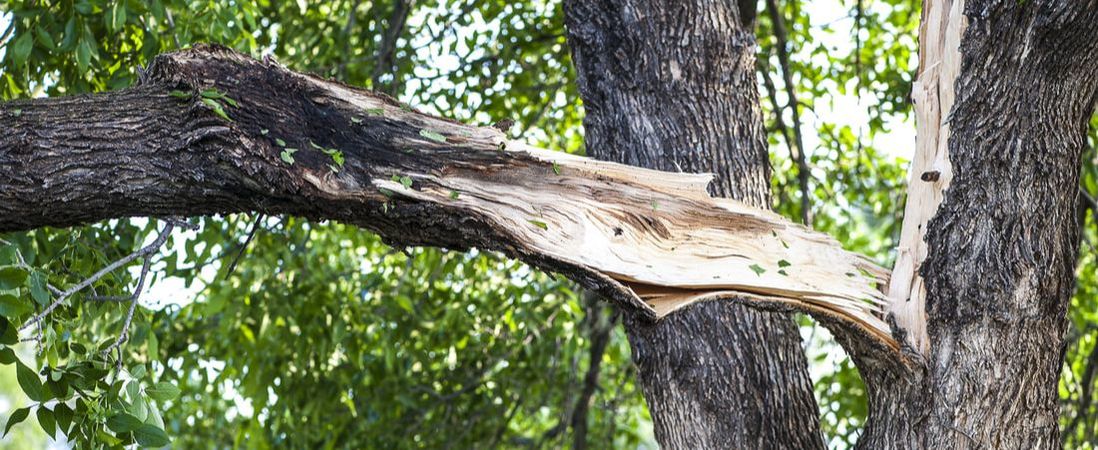
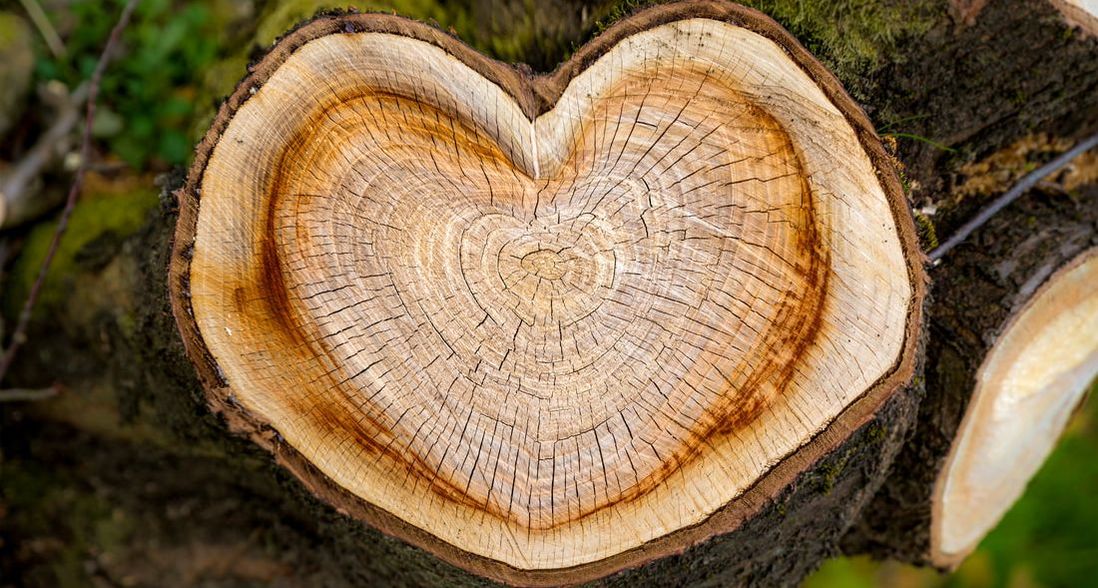
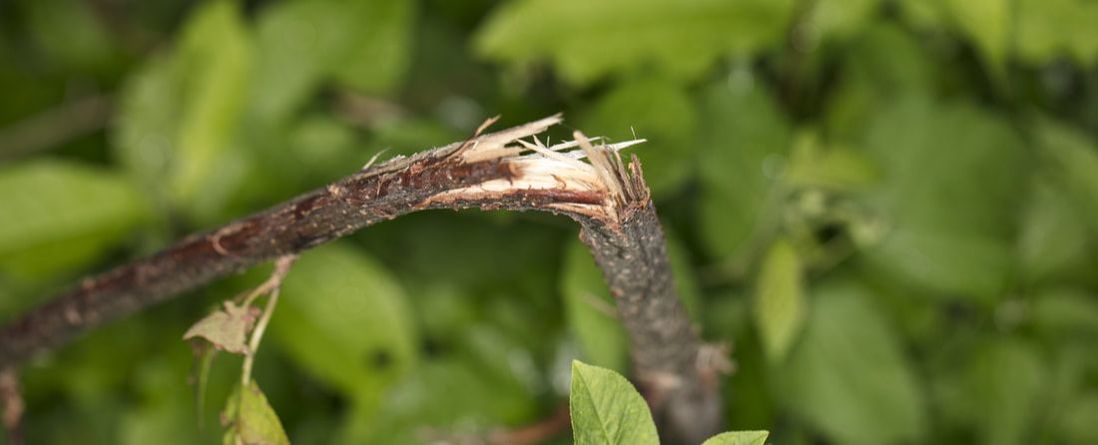
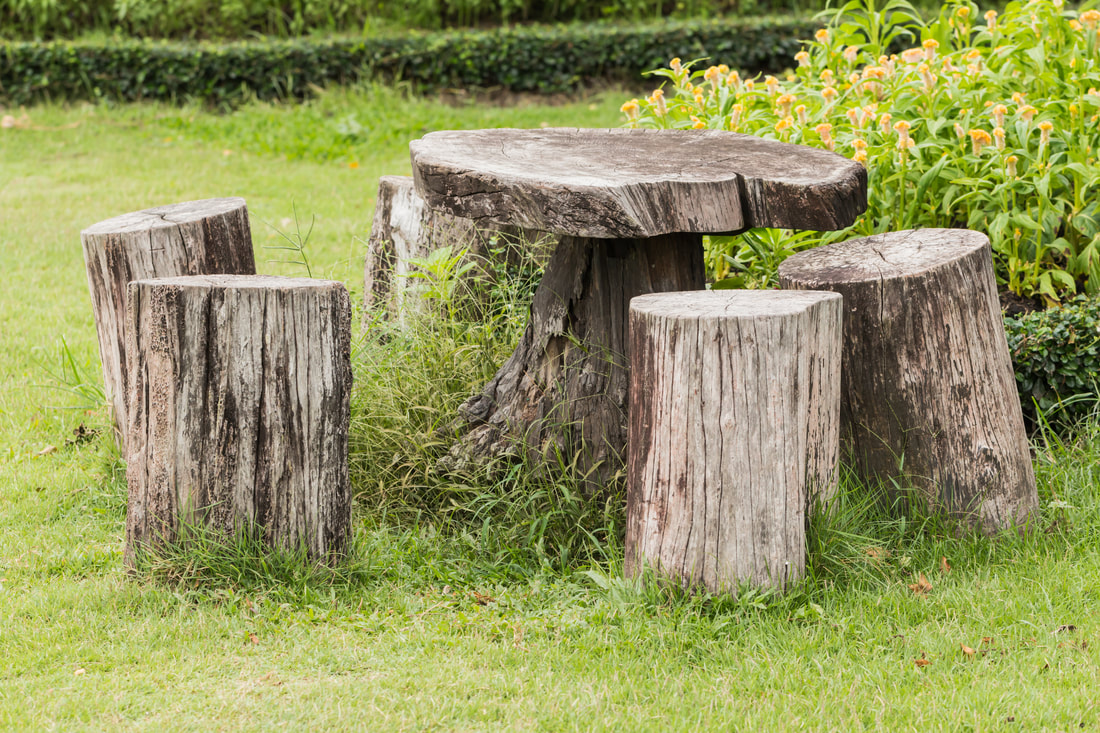
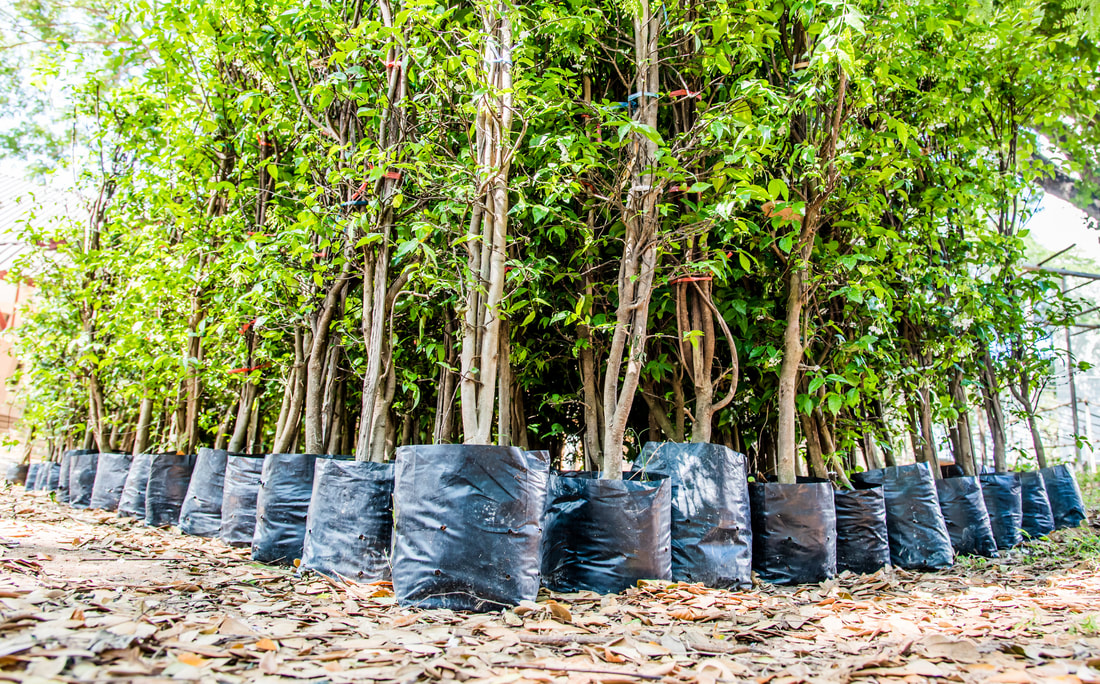
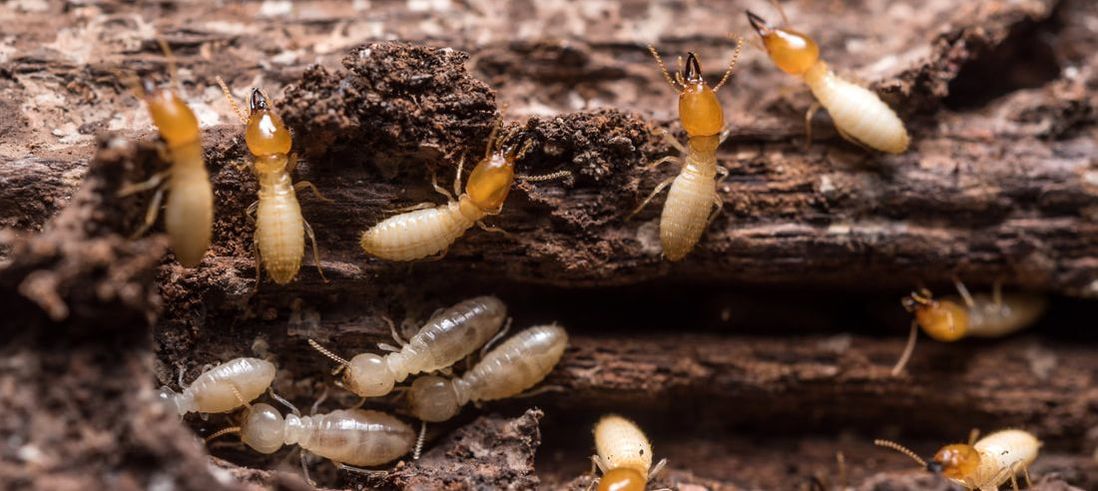
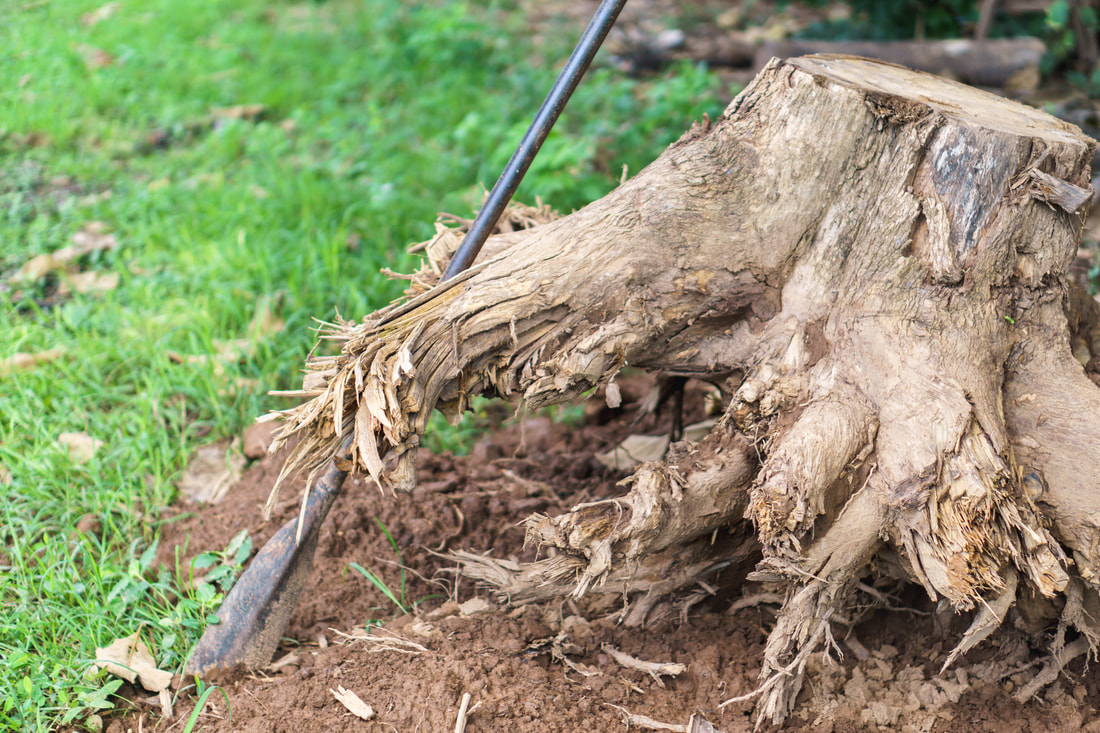
 RSS Feed
RSS Feed